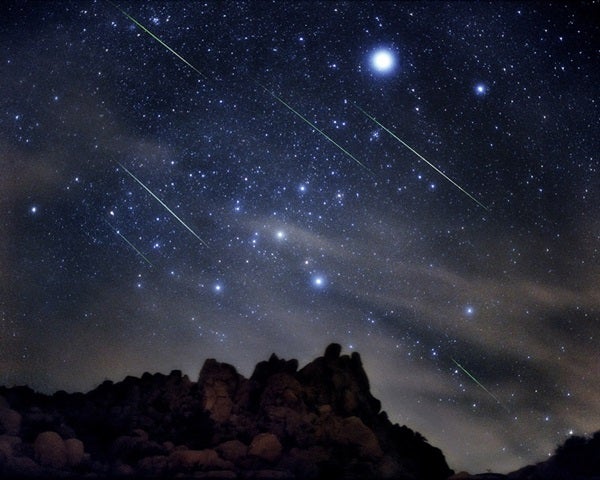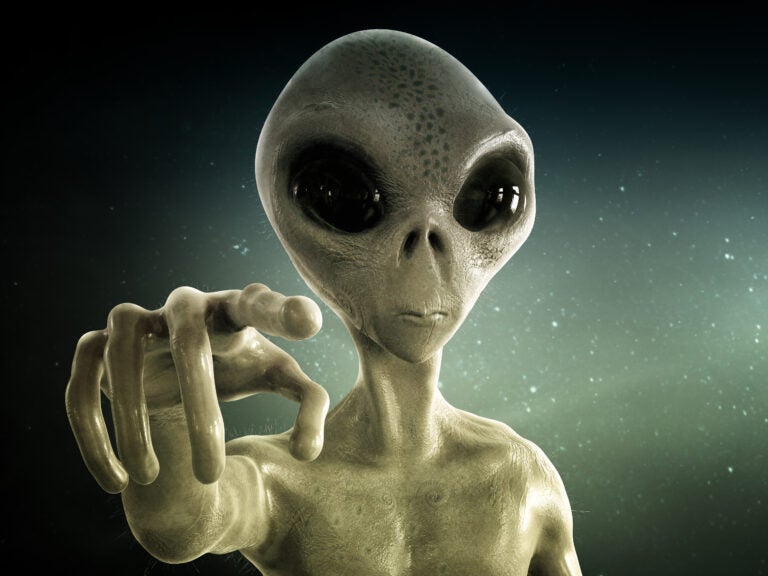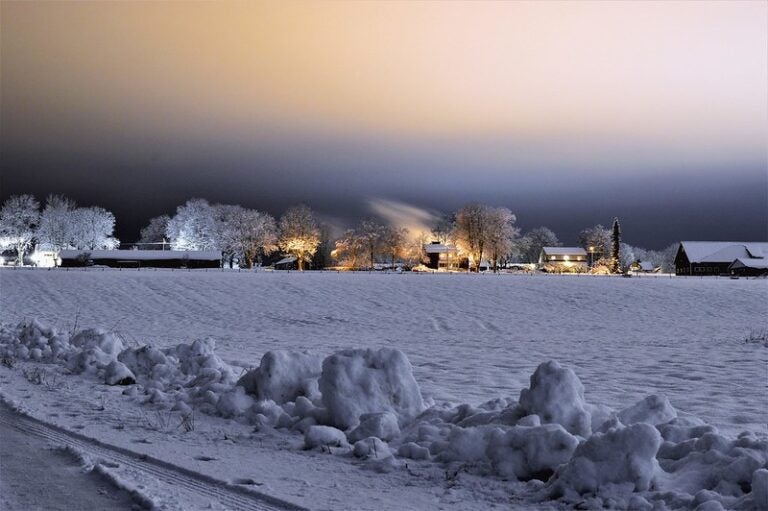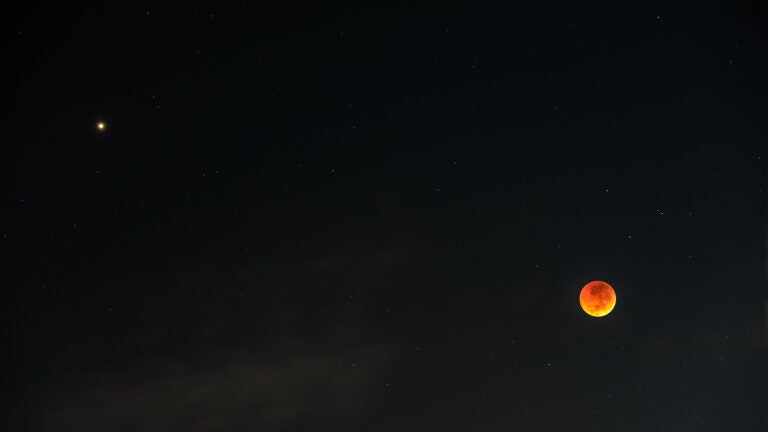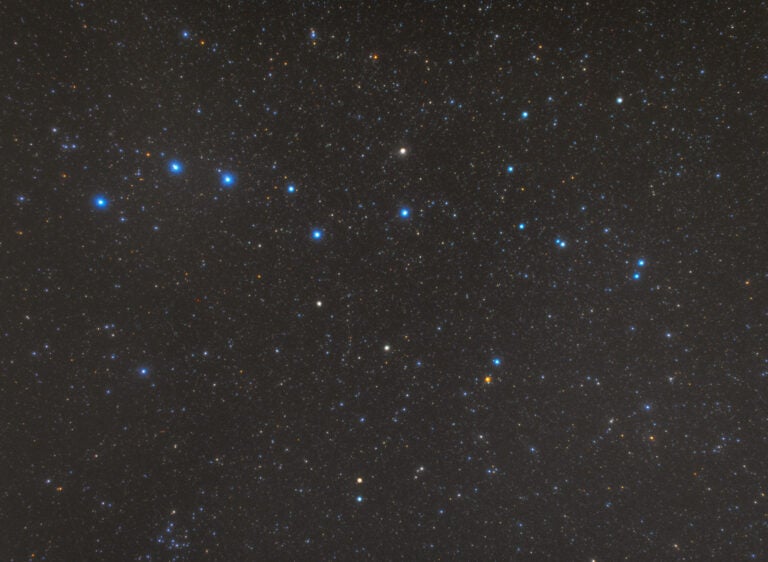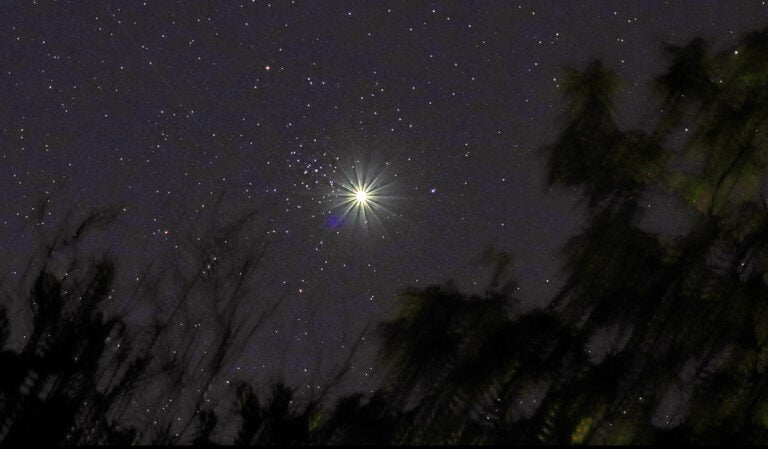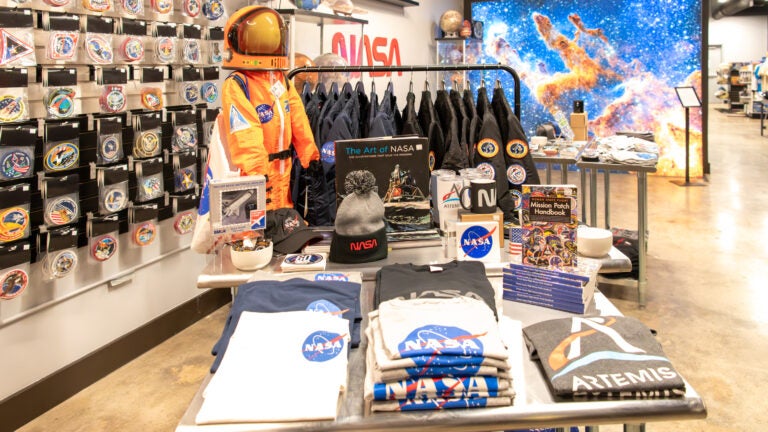Leonid meteors appear to radiate from a point in the constellation Leo the Lion (hence the shower’s name). This star group rises in late evening and climbs high in the southeast by the time twilight begins shortly after 5 a.m. The meteors blaze into the atmosphere at 44 miles per second, the fastest of any shower meteors. The high speeds mean they produce a greater percentage of fireballs — meteors at least as bright as the brilliant planet Venus — than most showers.
Leonid meteors begin their lives as part of a comet known as 55P/Tempel-Tuttle. This comet returns to the inner solar system every 33 years. Each time it approaches the Sun, our star’s heat warms the icy nucleus, turning the ice to gas and releasing trapped dust particles in the process. The dust spreads out along the comet’s orbit, and every November Earth runs into this stream. As the dust particles slam into our planet’s upper atmosphere, they burn up from friction to create the flashes of light we see in the sky.

